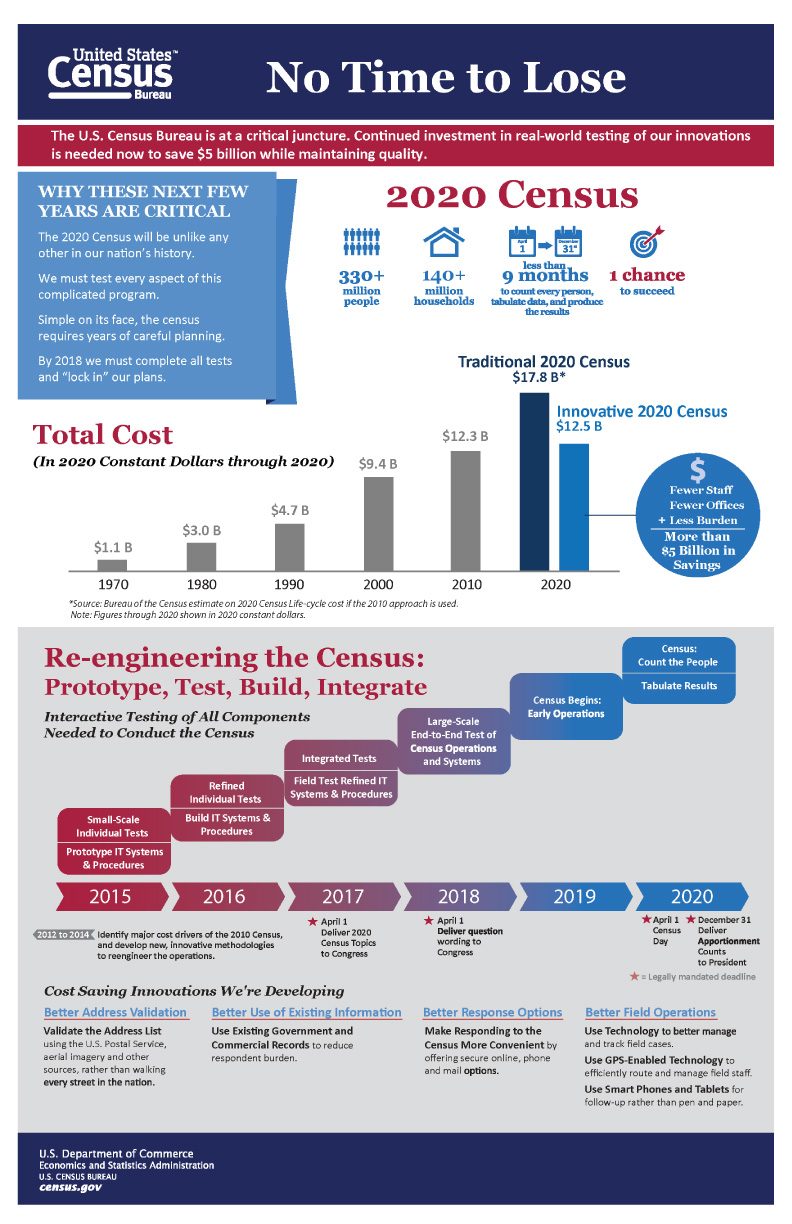It seems like only yesterday that we were running around getting ready for and completing the US Census in 2010. Despite all the ground work and money spent, the response rate was a mere 74% of the estimated population of the United States. The Census department hopes to greatly improve that number in the upcoming 2020 Census.
The question is always asked: Why is it important to respond? The Census department says it best: Census information affects the numbers of seats your state occupies in the U.S. House of Representatives. And people from many walks of life use census data to advocate for causes, rescue disaster victims, prevent diseases, research markets, locate pools of skilled workers and more.
When you do the math, it’s easy to see what an accurate count of residents can do for your community. Better infrastructure. More services. A brighter tomorrow for everyone. In fact, the information the census collects helps to determine how more than $400 billion dollars of federal funding each year is spent on infrastructure and services like:
- Hospitals
- Job training centers
- Schools
- Senior centers
- Bridges, tunnels and other-public works projects
- Emergency services
With this in mind the US Census is working hard to test and deploy new technologies for the upcoming Census. These technologies include: GPS enabled technology to better manage field staff, use of smart phones and tablets to collect information, making better use of existing information the government already had, and better address validation techniques. With these changes, the Census department hopes to make the 2020 Census the most complete and accurate data collection to date.
Below is a graphic provided by the Census detailing the time frame, cost, and other information related to this new methodology.

Download the Infographic in PDF format
For more information, visit the US Census website.


